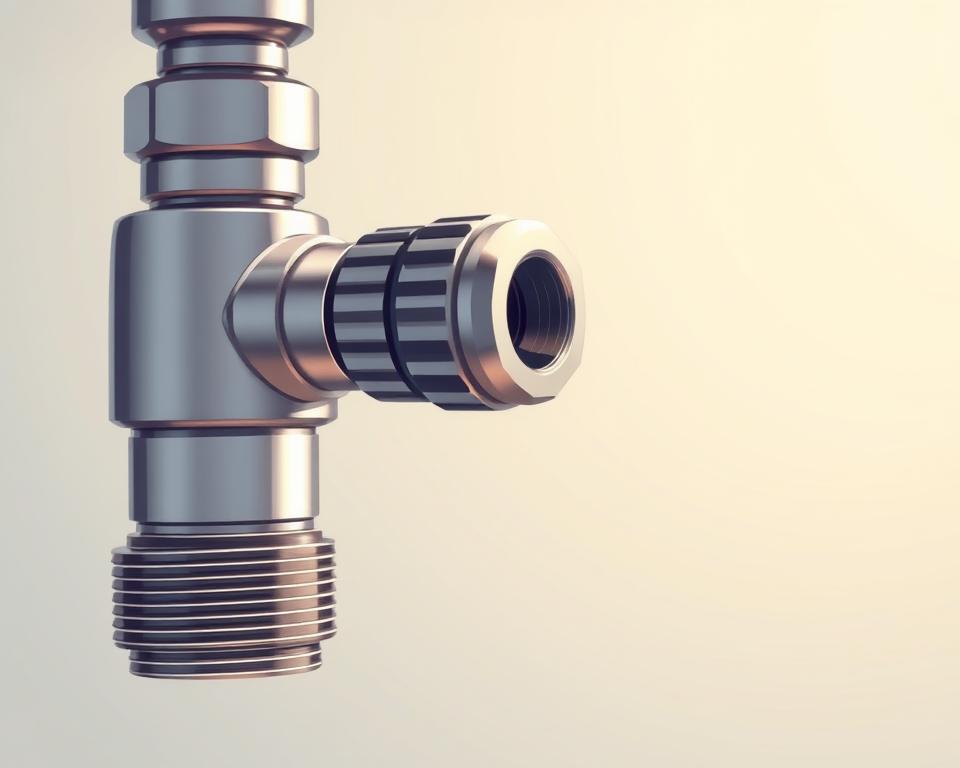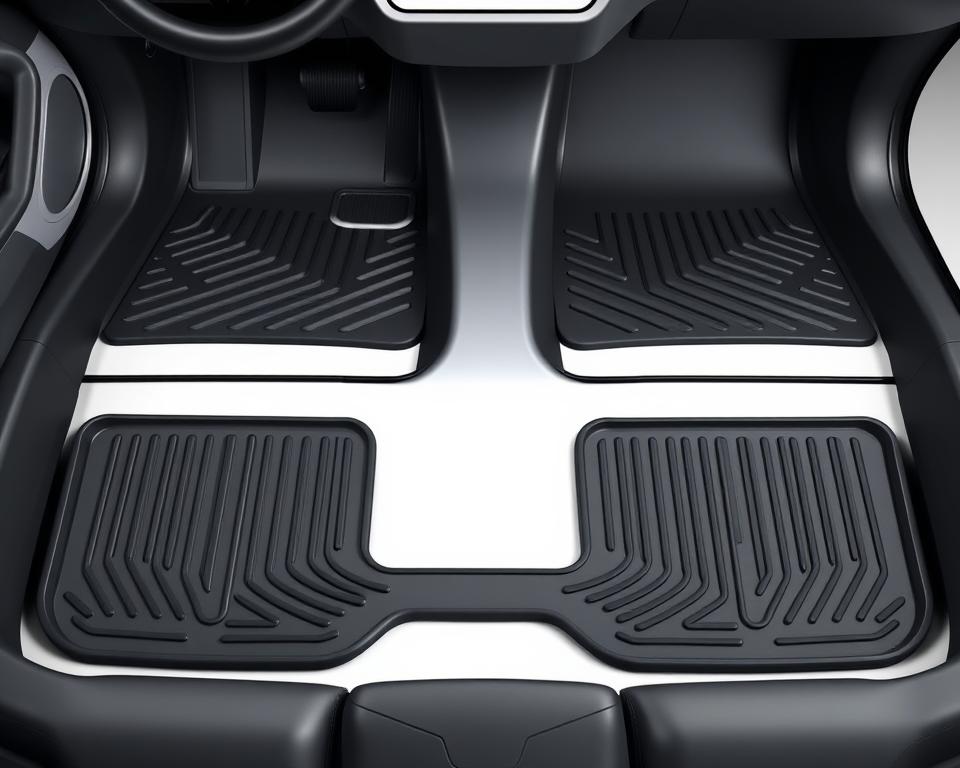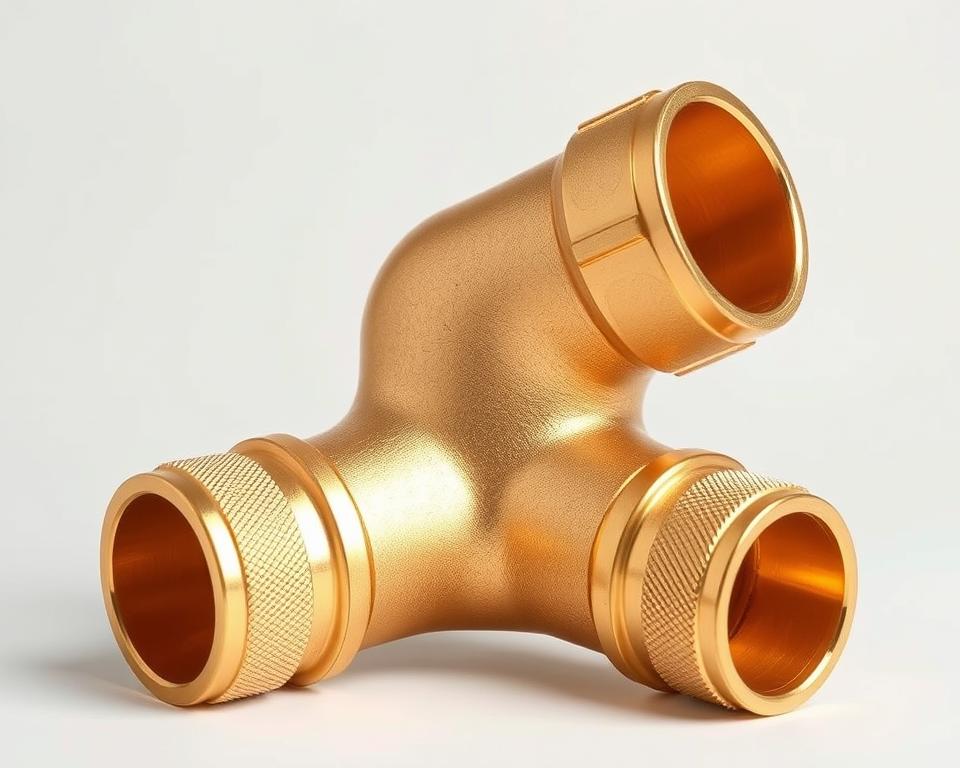Kegerator Coupler Parts: Essential Accessories for Your Home Keg
Curious why your draft beer ends up too foamy or disappointingly flat? It all comes down to the tiny yet powerful parts that link your keg and tap. Without the right setup, even the best brew can lose its crisp taste and perfect carbonation.
Installation Parts Supply understands that flawless pours begin with reliable components. No matter if you brew at home or simply enjoy draft beer, knowing these keg tap diagram parts makes all the difference.
Every part—from the washers to the gas lines—matters for keeping the right pressure and taste. Over 90% of dispensing issues trace back to worn or mismatched components. Understanding these parts is the key to a trouble-free draft system.
Notable Observations
- The correct coupler choice means perfect carbonation and flavor.
- Installation Parts Supply provides reliable plumbing solutions for draft systems.
- Regular maintenance prevents common pouring problems.
- Various brews call for particular coupler designs.
- The majority of malfunctions start with coupler problems.

Kegerator Coupler: An Overview
A great pour all hinges on how your keg hooks up to the tap. A keg coupler bridges your CO₂ cylinder or nitrogen tank to the beer line, using compressed gas to push liquid smoothly to your taps. Consider it the powerhouse of your draft beer system—remove it, and the flow stops.
That tiny gadget serves a dual purpose: gas delivery to pressurize and valve control to pour your beer. Its interior consists of a probe, a check valve, and distinct ports for beer and gas. These components work together to maintain carbonation and prevent excess foam.
| Component | Function | Common Issues |
|---|---|---|
| Probe | Punctures the keg seal | Leaks if not aligned properly |
| Check Valve | Stops beer from flowing backward | Worn valves lead to flat beer |
| Gas/Liquid Ports | Links to tubing | Loose fittings create foam |
Attaching the coupler wrong is a rookie mistake—75% of first-time users do it. That leads to foam floods, leaks, and ruined beer. Installation Parts Supply offers compatibility charts and video guides to help you get it right.
Universal designs mean most couplers work similarly, but always match yours to your keg type. A mismatched setup won’t just ruin your pour; it could damage your equipment.
Which Keg Coupler Is Right for You?
Not all keg connections are created equal—some are designed for specific brews. The correct coupler preserves carbonation and taste. Here’s how to pick the perfect fit.
D System (Sankey) Coupler
It’s used by roughly 85% of U.S. craft breweries. That valve locks onto domestic kegs with ease. Tip: Check for “Sankey” etched into the coupler.
U-Type Coupler
The harp emblem identifies it for nitrogen blends like Guinness. A 75% nitrogen mix gives you that signature creamy foam. Never force a U coupler onto a standard keg—it won’t seal.
S System (European Sankey) Coupler
European kegs like Heineken fit this left-twist coupler. The left-hand twist prevents mix-ups with D Systems. Fun fact: It’s slightly taller than its American cousin.
Specialty European Couplers
German and UK beers demand specialized connectors:
- A System: Used on Warsteiner & Paulaner barrels. That slider lock never slips.
- G-Type Coupler: Tri-flat stem locks onto Bass & Boddingtons. A pub staple across the UK.
- M-Type Coupler: Secures Schneider Weisse barrels. The slide-lock clicks when secure.
Their guide highlights D in green, U in black, S in blue. A Midwest microbrewery saved $3,000 yearly by switching to correct couplers. Remember: True compatibility beats “universal” claims every time.
Coupler Parts Breakdown
Smooth flows come from well-crafted coupler pieces. Together, they keep carbonation in and foam out. Here’s a look at the parts that matter most.
Coupler Probe & Check Valve
The stainless steel probe pierces the keg’s seal, controlling beer flow. High-end probes outlast budget ones by threefold. The check valve below prevents backflow and is our most swapped component.
Hex Nut and Washers
Everything tightens up around the hex nut. Brass is economical; stainless fights rust. Nitrile outperforms EPDM under 40°F.
| Part | Material | Advantage |
|---|---|---|
| Coupler Probe | SS | Long-lasting |
| Return Valve | Food-grade plastic | Prevents flat beer |
| Coupler Nut | Brass/Stainless | Balances cost/durability |
Pressure Ports
The gas port handles 20–30 PSI for CO₂ or nitrogen. Wrong PSI leads to foam. Use 3/16″ tubing for beer lines; 1/4″ causes extra agitation. FDA-sealed rebuild kits make upkeep easy.
Pro Tip: Replace O-rings biannually or after ~50 kegs. A cheap washer swap saves you from a costly rebuild.
How to Set Up Your Kegerator Coupler
Install correctly for flawless drafts. Right setup stops foam and leaks. Use this step-by-step for a seamless install.
Mounting the Coupler
Open the handle, fit lugs into place. Twist until firm; don’t over-torque or harm the seal. Low-profile designs reduce height by 4–5 inches for tight spaces.
Our wrench sets hex nuts to the ideal 8-10 ft-lb. Eighty percent of leaks stem from a crooked probe. Never reuse old washers.
Attaching Gas and Beer Lines
Use 5/16″ MFL fittings to attach the gas line. Apply thread sealant to prevent CO₂ leaks. Keep beer tubing 10-12′ of 3/16″ ID for best flow.
| Task | Equipment | Note |
|---|---|---|
| CO₂ Line | Pipe dope | Test at 30 PSI for bubbles |
| Draft Line | Tubing cutter | Cut straight for proper seals |
| Leak Test | Soapy water | Check for 24 hours |
Modern rigs offer app-based pressure feedback. Our quick-connects helped a Denver bar slash foam by forty percent. Always shut off CO₂ if major leaks occur.
Coupler Troubleshooting
A foam burst spoils your draft faster than anything. Once you know what to check, most issues are easy to fix. Here are the usual culprits and how to remedy them.
Foamy Beer Solutions
Sixty-eight percent of draft issues are foam-related. Start by checking your temperature—ideally 38°F for most ales. Too warm, and CO₂ escapes too fast.
Then, look over your draft tubing fittings. Soap test any fitting—bubbles point to leaks. Tighten any loose fittings with a wrench, but don’t over-tighten.
- Check ball can lead to uneven pours and audible leaks
- Pressure imbalance? Compare your gauge to this chart:
| Style | CO₂ Pressure | Nitrogen Mix |
|---|---|---|
| Lagers | 10–12 | N/A |
| Nitro Stouts | 25–30 | 75% nitrogen |
Loose Coupler Issues
If your coupler fits loosely, first check for worn O-rings. Installation Parts Supply reports this fixes 40% of attachment issues. Bent coupler heads sometimes require new units.
For uneven surfaces, try keg shims. These inexpensive plastic wedges stabilize wobbling connections. Slim couplers fit into tighter kegerators.
Pro Tip: Their emergency washer kit contains five critical seals. A Chicago bar cut waste by 18% after training staff on these quick fixes.
Remember—frost on your CO₂ tank signals overuse. Allow the tank to warm up prior to any valve tweaks. Recalibrate digital gauges every year.
Coupler Cleaning & Care
A clean draft system means crisp, fresh-tasting beer every pour. Over time, residue builds up, affecting flavor and dispensing performance. A quick cleaning regimen prevents issues.
Disassembly and Soaking
Start by taking apart the coupler. Remove the handle, probe, and check valve. Soak all parts in warm water with 1 oz of PBW per gallon for 15–20 minutes. That will strip away yeast residue and hop buildup.
Use our brush kit to clean narrow passages. Pay extra attention to the ball valve—it’s a common hiding place for gunk. Rinse thoroughly to avoid soapy aftertastes.
Best Coupler Cleaners
PBW (Powdered Brewery Wash) is a top pick for its pH balance. Acidic solutions are efficient yet rough on rubber. For commercial setups, ultrasonic systems blast away debris with sound waves.
- Drying: Use compressed air or microfiber cloths.
- Sanitizing: Follow FDA CFR 117 guidelines—30 seconds of contact time kills bacteria.
- Record-Keeping: Track cleanings with a template.
UV light options add extra protection for rubber components. Rinse waste per regulations—PBW can damage plumbing. Routine cleaning maximizes lifespan and taste.
In Closing
Savor every pour once you’ve perfected your draft setup. Correct parts, clean routine, and proper install equals perfect pints. Installation Parts Supply backs you with expert help and discount rebuild kits.
Regular upkeep can stretch your hardware lifespan by seven years. Grab the free compatibility guide or sign up for a pro webinar. An annual check-up guarantees smooth service—just listen to customers with five years of trouble-free use.
Upgrade now—stop by Installation Parts Supply and boost your home setup.


